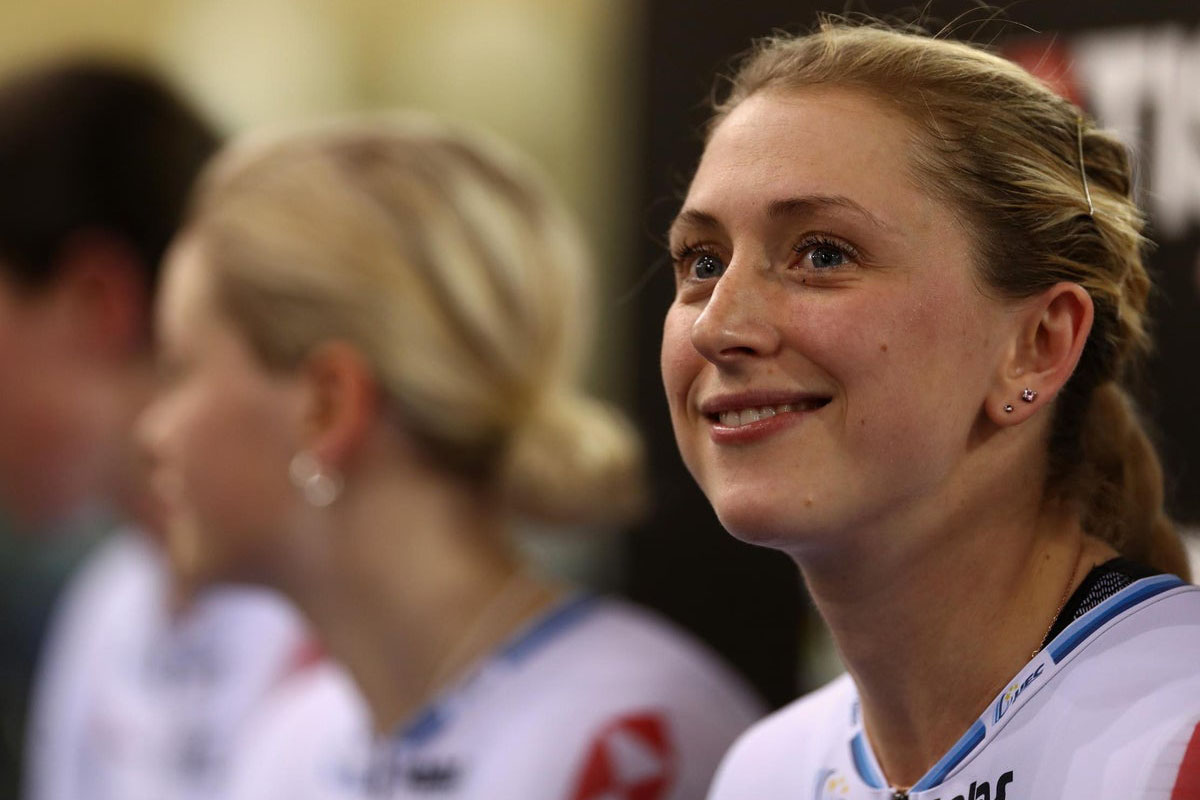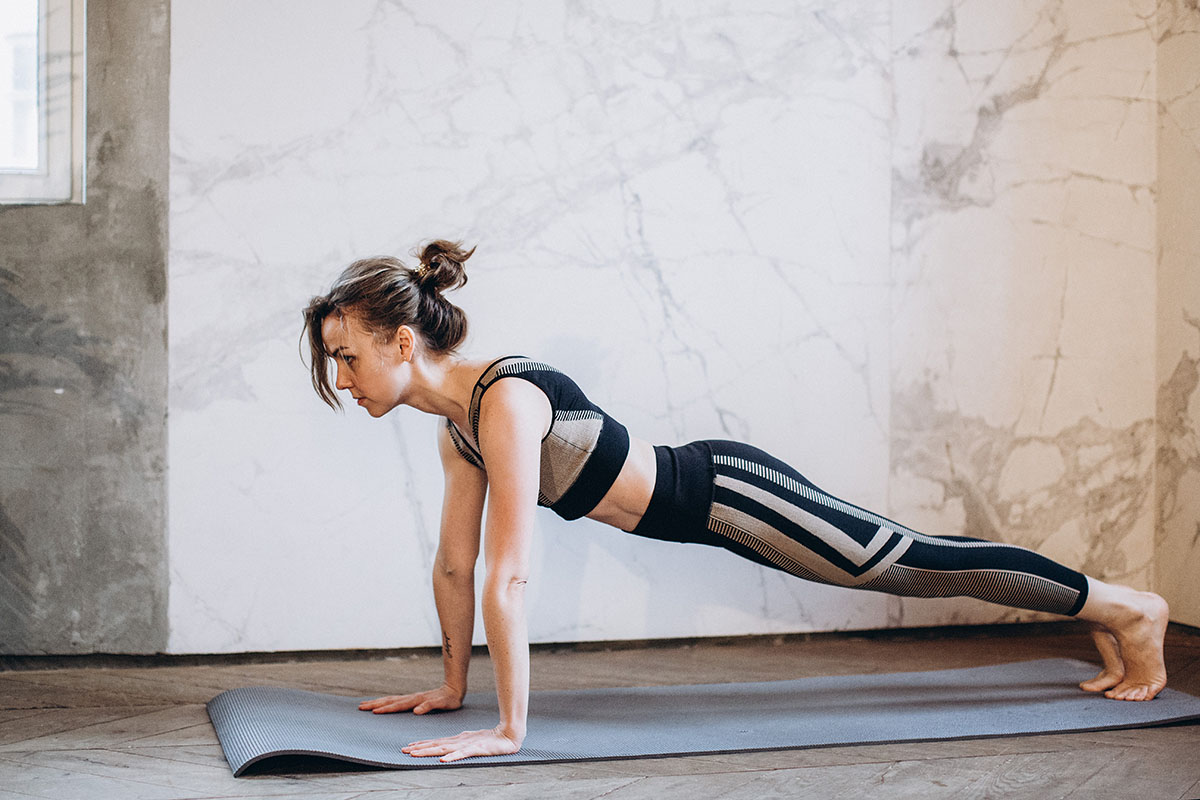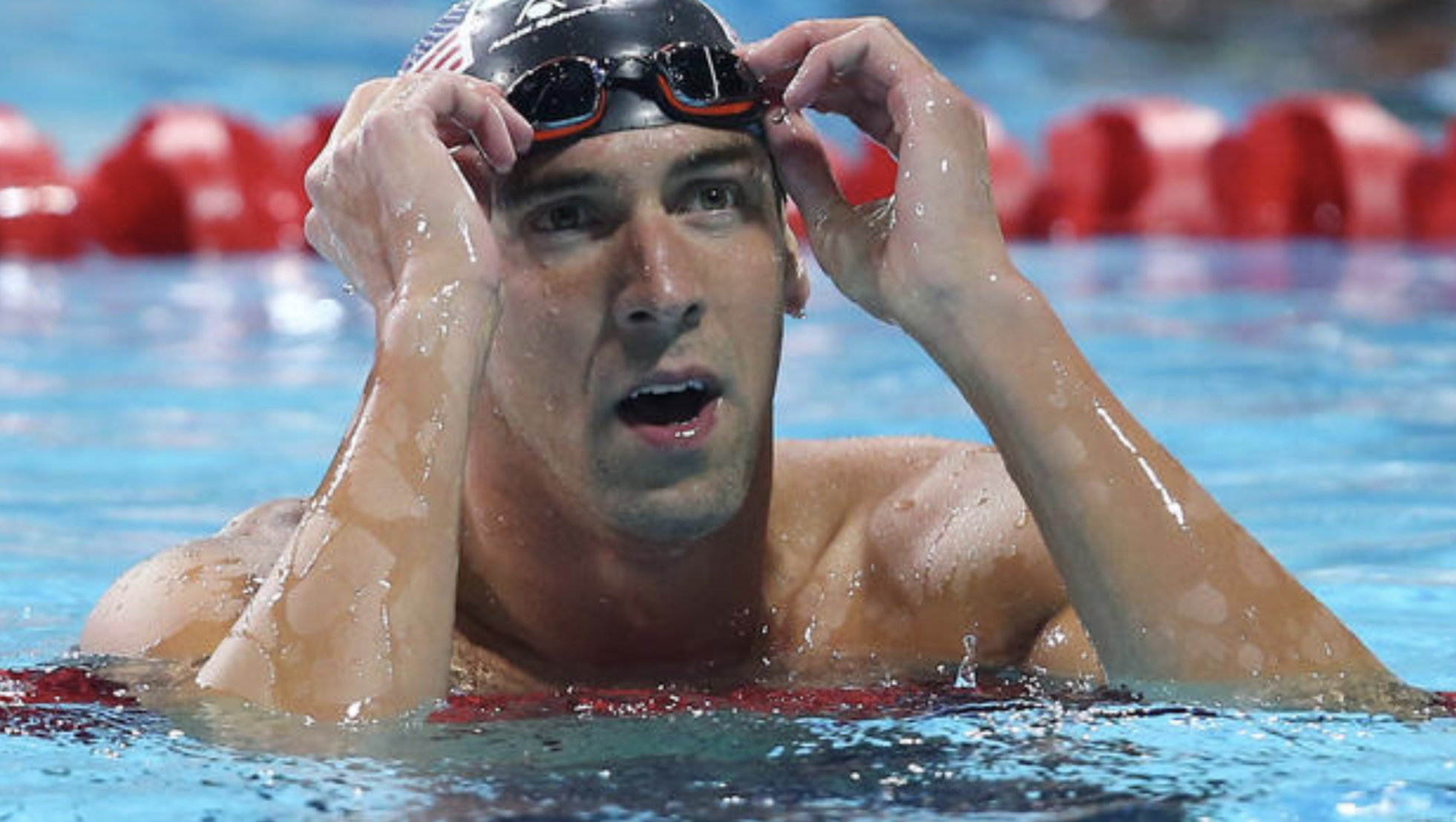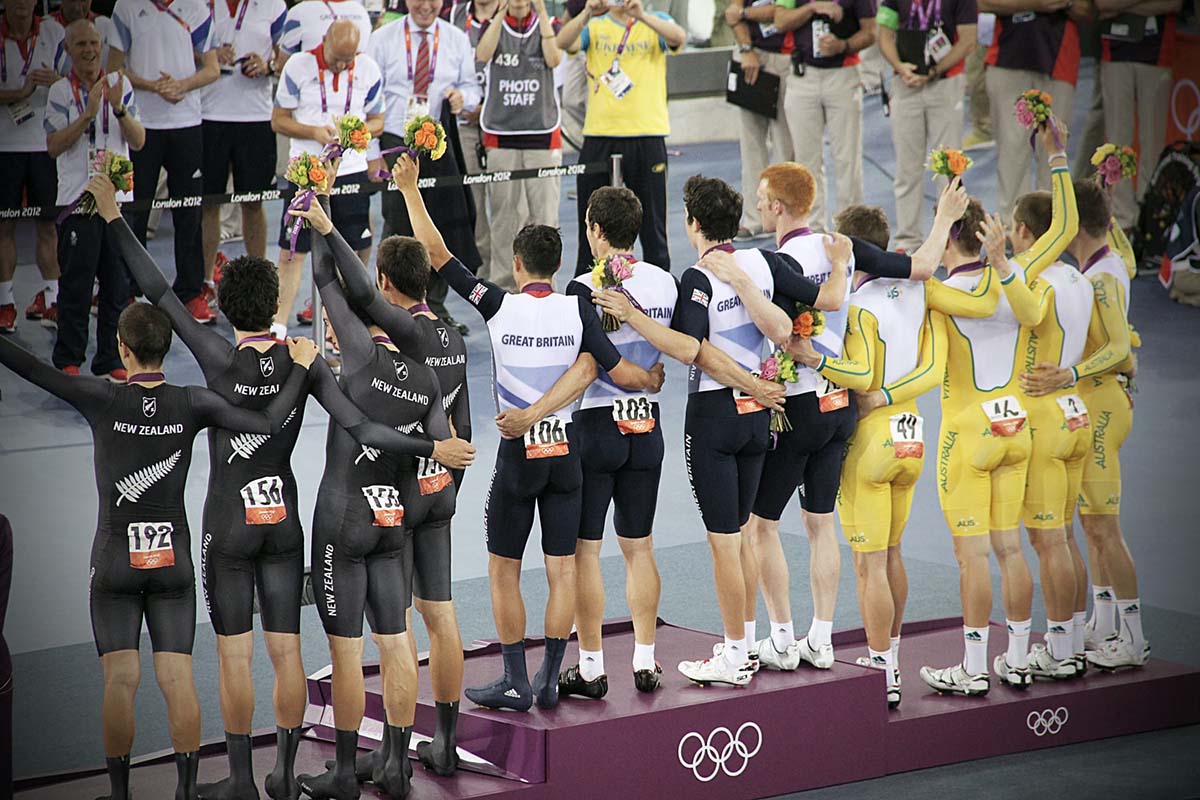How to Calm Nerves: Advice From Olympians
Every fan knows the experience of watching an important game or event and biting their nails. Despite the faith and hope we put in our favorite athletes, it can be hard to watch them tackle a competition—especially when the stakes are higher than ever before.
From international competitions to regional championship matches, spectators share in the anxiety that even the pros succumb to. However, some fans might be surprised to hear just how grueling the experience can be for even the most season athletes.
Most fans imagine the Super Bowl as ‘just another game’ for professionals who have logged dozens, if not hundreds, of matches. Still, the director of sports psychology at the University of Denver, Mark Aoyagi, has made a career of helping pro athletes manage emotions.
The Super Bowl is the biggest event of the season. Not only do thousands of fans pack into a stadium but they also check NFL odds before wagering on their team to gauge how each player is stacking up for the big event according to expert analysis. Then, according to Aoyagi, there’s even more internal pressure within a franchise for players to perform well.
Beyond the major leagues and their biggest championship matches, there’s one genre of competition that looms highest on the list of nail-biting performances: the Olympic Games. Let’s take a look at some advice from Olympians on staying calm that spectators can apply to their lives.
Keep Breathing — or Yawning 
When it comes to staying calm, breathwork is the most important factor. Anxiety and fear can manifest in the physical body and threaten to undo the years of hard work that Olympians pore into their sport. Steady breathing goes a long way when it comes to calming the body. Cyclists Laura Kenney of Great Britain has worked closely with psychologists alongside track trainers to help develop a strong method for relaxing the muscles through breathing techniques when anxiety hits.
In an interview with Cosmopolitan Magazine, Kenney said, “If you push your belly out when you take a breath in, like the doing the opposite to what you think you should do, it really helps.” Meanwhile, Apolo Ohno embraces his nerves. Anyone who’s spent time watching the speed skater glide down the rink knows he’s not afraid to yawn when the need arises. According to Ohno, it helps calm his nerves by providing his lungs a reset.
How to Calm Nerves: Mindfulness
In a similar vein as breathing techniques, mindfulness is designed to help Olympians understand why they compete, which helps them understand deeper motivations when failure happens. Professional coach Lynda Lahman suggests to her clients that they first understand what’s happening within their minds in order to gain further control and understanding of their bodies.
In other words, rather than doing breathing exercises to address nerves, athletes can address the nerves before they disrupt breathing. For instance, the use of the supplement gaba l theanine may come in handy, helping to calm and soothe without impairing cognition.
In other words, rather than doing breathing exercises to address nerves, athletes can address the nerves before they disrupt breathing. For instance, the use of the supplement helps to calm and soothe without impairing cognition. By encouraging awareness of the self inside and out, Olympians gain an edge over their competition by having a clear mind that’s ready to focus every ounce of their energy on the task at hand.
Dream Big Through Visualization 
Visualization is known to help professionals of all stripes. From an air-conditioned boardroom to the middle of the gridiron, imagining the possibilities before they come is a method employed by those with big dreams.
The standard Olympians, they’ve likely been visualizing their place on the podium for many, many years. However, visualization does more than groom the mind to accept and fully articulate success—it also calms the brain.
Olympians from swimmer Michael Phelps to judo master Kayla Harrison, Olympic athletes spend countless hours not only honing their bodies but also their minds. With the opportunity to compete only coming every four years and under the most stress-inducing conditions imaginable. In short, it pays to forecast each possibility.
Visualization can help athletes overcome the fear of the unknown. Phelps visualized what he would do should his goggles come loose during a race, while Harris imagines her finishing moves against an opponent. By addressing uncertainty in the mind, the athlete is then prepared to address a similar situation in person—even when the clock is ticking.



















